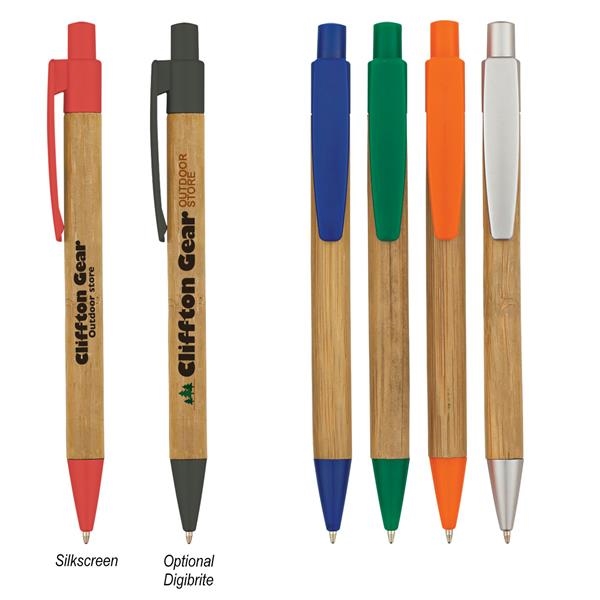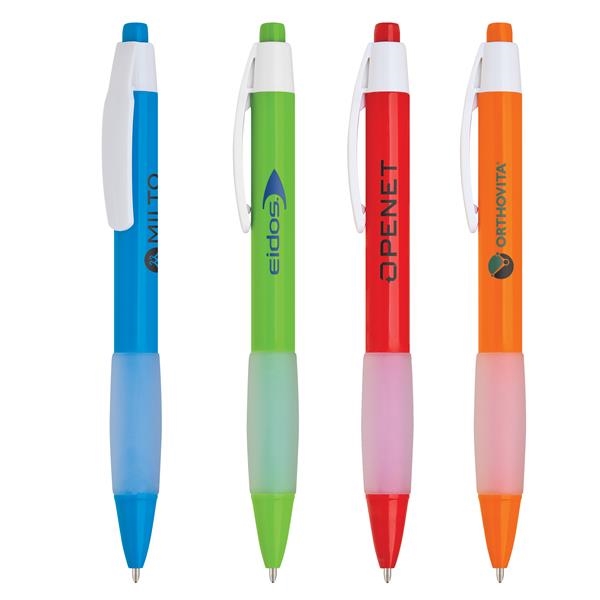In recent years, there has been a growing concern about the impact of plastic on the environment. As a result, many companies are looking for ways to reduce their carbon footprint and contribute to a more sustainable future. One such solution is the use of rPET plastic.
rPET, or recycled polyethylene terephthalate, is a type of plastic that is made from recycled PET bottles. It is a popular choice among companies looking for a sustainable alternative to traditional plastic because it is made from post-consumer waste, which reduces the amount of plastic in landfills and the ocean.
One of the main benefits of rPET is its environmental impact. According to the Environmental Protection Agency, producing rPET uses 84% less energy than producing new PET plastic. It also reduces greenhouse gas emissions by 71%, and water consumption by 90%. By using rPET, companies can reduce their carbon footprint and contribute to a more sustainable future.

rPET Example
For example, check out this 20oz Big Grip Water Bottle. This bottle is made from 100% post consumer PET plastic. What’s great about this bottle is it still acts, feels, and works just like a bottle made from plastic, but helping remove plastic from our waste stream by reusing consumer plastics.
If you have a company, organization, team, or event that would like to print your logo onto an rPET bottle like this, printing options are available at budget friendly options. To learn more check out the product page.
Many companies are choosing to use rPET because it is cost-effective and readily available. In addition, consumers are increasingly demanding sustainable products, and using rPET can help companies meet this demand. By using recycled materials, companies can also improve their brand image and appeal to environmentally conscious consumers.
But rPET is not the only sustainable material available. There are many other alternative materials that companies can use to reduce their environmental impact. Here are a few examples:
1. Corn-Based Materials
Corn-based materials, such as polylactic acid (PLA), are biodegradable and compostable. They are made from renewable resources and have a lower carbon footprint than traditional plastic.
2. Bamboo
Bamboo is a fast-growing and renewable resource that can be used to make a variety of products, including textiles, furniture, and packaging. It is also biodegradable and compostable.
3. Hemp
Hemp is a durable and sustainable material that can be used to make a variety of products, including clothing, paper, and building materials. It is also biodegradable and compostable.
4. 100% Organic Cotton
Organic cotton is grown without the use of harmful pesticides and chemicals. It is a more sustainable alternative to traditional cotton, which is one of the most pesticide-intensive crops in the world.
5. rPET & Other Recycled Materials
In addition to rPET, there are many other types of recycled materials that companies can use to reduce their environmental impact. These include recycled paper, aluminum, and glass.
6. USA Made Materials
SA made materials: Using materials that are made in the USA can help reduce transportation emissions and support local businesses.
7. Other Eco-Friendly Materials
Eco-friendly materials, such as cork, wool, and recycled rubber, are sustainable alternatives to traditional materials. They are biodegradable, renewable, and have a lower carbon footprint. Here are some examples of unique pens made from unique eco-friendly materials:
In conclusion, rPET plastic is a popular and sustainable alternative to traditional plastic. It is made from recycled materials, reduces carbon emissions and water consumption, and is cost-effective and readily available. However, there are many other sustainable materials that companies can use to reduce their environmental impact, including corn-based materials, bamboo, hemp, organic cotton, recycled materials, eco-friendly materials, and USA made materials. By using these materials, companies can contribute to a more sustainable future and meet the growing demand for sustainable products.




